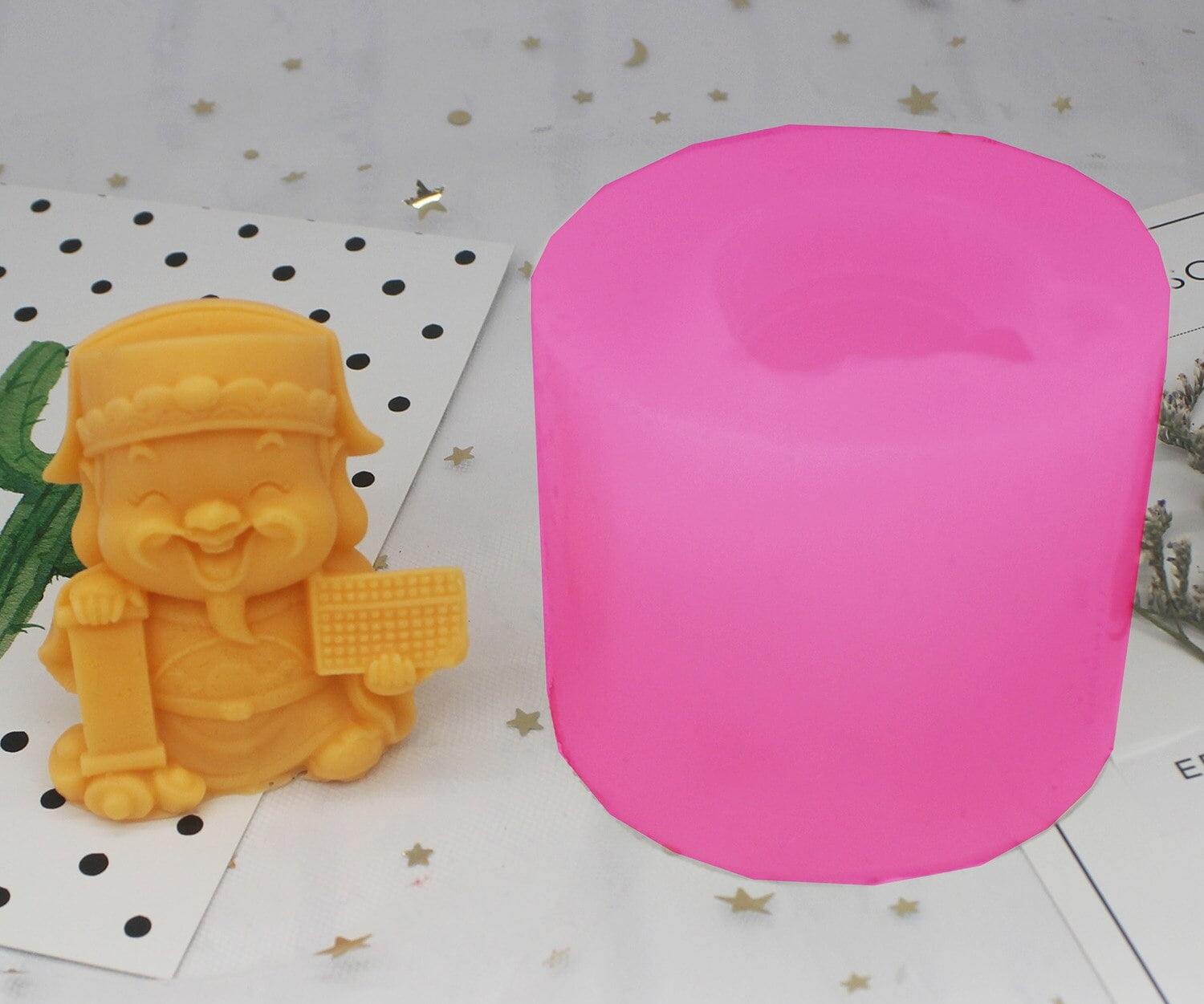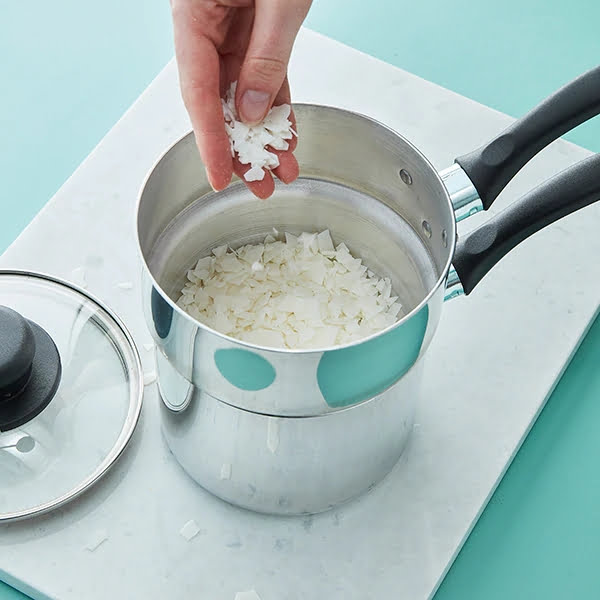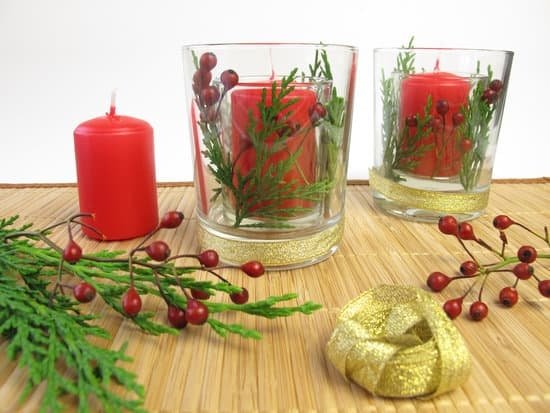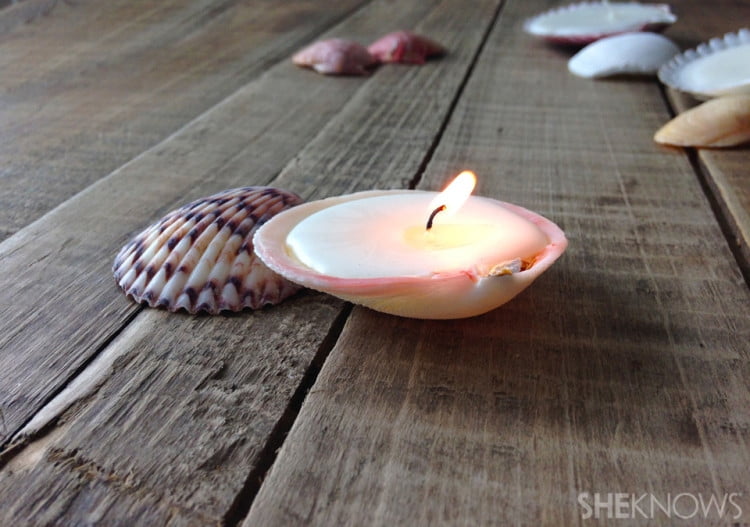Are you looking to add a delightful and inviting aroma to your candles? Look no further than the world of candle making fragrance oils. These oils are essential for creating beautifully scented candles that can fill any space with a captivating fragrance. Whether you’re a seasoned candle maker or just starting out, understanding the ins and outs of fragrance oils is crucial for creating high-quality, aromatic candles.
When it comes to candle making, the choice of fragrance oil plays a significant role in the overall appeal of the finished product. The right fragrance oil can make your candles more inviting and enjoyable, while the wrong one can leave them lacking in scent or even unpleasant. With so many options available, it’s important to choose the right fragrance oil for your specific needs and preferences.
In this article, we will explore everything you need to know about candle making fragrance oils, including how to use them effectively, the most popular options on the market, tips for blending unique scents, and the difference between synthetic and natural fragrance oils. By the end of this comprehensive guide, you’ll have a deep understanding of fragrance oils and be well-equipped to create beautifully scented candles that enhance any environment.
The Importance of Choosing the Right Fragrance Oil for Candle Making
When it comes to candle making, choosing the right fragrance oil is essential for creating high-quality, aromatic candles. The fragrance oil not only determines the scent of the candle but also affects its overall quality and performance. Whether you’re making candles for personal use or to sell, selecting the right fragrance oil can make a significant difference in the final product.
Factors to Consider When Choosing Fragrance Oils
There are several factors to consider when choosing fragrance oils for candle making. First and foremost, consider the type of wax you are using. Some fragrance oils work better with certain types of wax, so it’s important to select one that is compatible with your wax of choice. Additionally, consider the strength of the fragrance oil and how it will disperse throughout the candle as it burns.
Benefits of Using High-Quality Fragrance Oils
Using high-quality fragrance oils is crucial for producing candles with strong, long-lasting scents. High-quality oils are formulated specifically for candle making and are designed to provide a consistent and true-to-life scent throw. By using premium fragrance oils, you can ensure that your candles will emit a pleasant aroma from the moment they are lit until they burn out.
The Impact of Fragrance Oils on Candle Performance
In addition to affecting the scent of the candle, the quality of the fragrance oil can also impact other aspects of performance, such as burn time and evenness of burn. Low-quality oils may produce a weak scent throw or cause issues such as tunneling or sooting. By choosing high-quality fragrance oils that are specifically formulated for candle making, you can create candles that not only smell great but also burn cleanly and evenly.
How to Use Fragrance Oils in Candle Making
Using fragrance oils in candle making is a crucial step in creating beautifully scented candles. Whether you are a beginner or an experienced candle maker, understanding the proper usage of fragrance oils is essential for achieving the desired results. Here is a step-by-step guide on how to use fragrance oils in candle making:
1. Measure the Fragrance Oil: Before adding fragrance oil to your wax, it’s important to measure the correct amount for the batch size you are making. The general rule of thumb is to use one ounce of fragrance oil per pound of wax, but always refer to the specific guidelines provided by the manufacturer.
2. Add the Fragrance Oil at the Right Temperature: Once your wax reaches the recommended pouring temperature, typically between 150-180 degrees Fahrenheit, it’s time to add the fragrance oil. Be sure to stir gently and thoroughly to ensure that the scent is evenly distributed throughout the wax.
3. Test Your Candles: After pouring your scented wax into candle containers, allow them to cool and cure for at least 24 hours before lighting. This will give the fragrance oil time to fully blend with the wax and provide an accurate representation of how your candles will smell when burned.
By following these steps, you can maximize the effectiveness of your chosen candle making fragrance oil and create high-quality scented candles that will delight your senses and those of others.
Not only does using these oils enhance the overall scent profile of your candles, but they also play a significant role in establishing their unique appeal.
The Top 5 Most Popular Fragrance Oils for Candle Making
When it comes to candle making, choosing the right fragrance oil is crucial in creating a high-quality, aromatic candle. There are countless options available, but some fragrance oils have proven to be the most popular among candle makers. These top 5 fragrance oils are beloved for their captivating scents and versatility in creating unique candles.
Vanilla
One of the most classic and timeless fragrance oils for candle making is vanilla. Its warm, sweet, and comforting scent is loved by many and is perfect for creating a cozy atmosphere at home. Vanilla fragrance oil can be used on its own or blended with other scents to add a hint of sweetness to the candle.
Lavender
Lavender fragrance oil is another favorite among candle makers due to its soothing and calming aroma. It is ideal for promoting relaxation and creating a peaceful ambiance in any space. Whether used alone or combined with other floral scents, lavender fragrance oil is a popular choice for candle making.
Sandalwood
Known for its rich, woody scent, sandalwood fragrance oil adds depth and complexity to candles. It has a warm, earthy aroma that is both exotic and luxurious. Sandalwood fragrance oil is often used in combination with other fragrances to create unique and mesmerizing scents.
Citrus
Citrus fragrance oils such as lemon, orange, and grapefruit are beloved for their fresh, vibrant, and energizing scents. They are perfect for adding a burst of uplifting aroma to candles, making them ideal for boosting mood and creating an invigorating atmosphere in any room.
Cinnamon
The spicy and warm scent of cinnamon fragrance oil makes it a popular choice for candles, especially during the fall and winter seasons. It evokes feelings of coziness and nostalgia, making it perfect for adding warmth to any space.
These top 5 most popular fragrance oils offer a wide range of scents that cater to various preferences and occasions in candle making. By using these versatile fragrances or experimenting with blending them together, candle makers can create an array of captivating candles that appeal to different senses.
Tips for Blending Fragrance Oils to Create Unique Candle Scents
Candle making is a craft that allows for endless creativity and personalization, and one way to create unique scents for your candles is by blending fragrance oils. Blending fragrance oils can help you achieve a custom aroma that sets your candles apart from the rest. When blending fragrance oils, it’s important to consider the notes of each scent, how they complement each other, and how they will interact when burned.
To begin blending fragrance oils, start by selecting a few key scents that you believe will complement each other well. This could be a combination of floral, fruity, spicy, or woody scents, depending on the aroma you want to achieve. Experiment with different combinations and ratios of the fragrance oils to find the perfect blend. Keep in mind that some scents may overpower others, so it’s essential to strike a balance.
When blending fragrance oils for candle making, it’s also crucial to keep detailed records of your experiments. Note down the specific combinations and ratios you use, as well as the results after burning the candles. This documentation will help you recreate successful blends in the future and avoid repeating any unsuccessful combinations. Remember that practice makes perfect when it comes to creating unique candle scents through blending fragrance oils.
The Difference Between Synthetic and Natural Fragrance Oils for Candle Making
When it comes to choosing fragrance oils for candle making, one of the important factors to consider is whether to go for synthetic or natural options. Synthetic fragrance oils are man-made in a laboratory, often using a combination of natural and artificial ingredients, while natural fragrance oils are derived from plants, flowers, and other organic sources.
Both types have their own set of pros and cons, and understanding the difference between the two can help you make an informed decision for your candle making.
Natural fragrance oils are often favored by those who prefer products that are free from artificial additives and chemicals. These oils are typically extracted through various methods such as steam distillation or cold-pressing, preserving the natural scent compounds of the source material. As a result, candles made with natural fragrance oils may have a more authentic and pure aroma, appealing to consumers who value organic and eco-friendly options.
On the other hand, synthetic fragrance oils offer a wider range of scents that may not be available in nature. Through chemical processes, manufacturers can create complex scent profiles that mimic popular aromas or create entirely new ones. Additionally, synthetic fragrance oils tend to be more stable in terms of scent throw and longevity compared to their natural counterparts. This means that candles made with synthetic fragrance oils may have a stronger aroma that lasts longer when burned.
It’s important to note that both synthetic and natural fragrance oils have their place in candle making, and the choice ultimately depends on personal preferences, values, and specific project requirements. Many candle makers even opt to blend both types of fragrance oils to achieve a unique balance of authenticity and complexity in their candle scents. Choosing between the two types can also depend on factors such as cost, availability of scents, and target market preferences.
Understanding the Scent Throw
When it comes to candle making, one of the most important factors to consider is the scent throw of the fragrance oils used. The scent throw refers to how well the fragrance oil fills a space with its aroma when the candle is burning. This is a crucial aspect of candle making, as the ultimate goal is to create a pleasant and long-lasting scent experience for those using the candles.
The potency and quality of the fragrance oil will directly impact the scent throw of a candle. High-quality fragrance oils that are specifically designed for candle making will generally have a stronger and more enduring scent throw compared to lower-quality alternatives. When choosing a fragrance oil for your candles, it’s essential to consider not only the smell but also its intended use and how it will perform when burned.
In addition to selecting high-quality fragrance oils, factors such as the type and amount of wax used, the size and shape of the wick, and even the container or vessel in which the candle is housed can influence the scent throw. Therefore, it’s crucial for candle makers to carefully consider these variables when aiming to achieve their desired aroma intensity and longevity in their finished products.
| Fragrance Oils | Scent Throw Rating (Out of 5) |
|---|---|
| Lavender | 5 |
| Vanilla | 5 |
| Citrus Blend | 4 |
The Best Practices for Storing and Preserving Fragrance Oils for Candle Making
In conclusion, the art of candle making relies heavily on the use of high-quality fragrance oils. Whether you are just starting out or have been making candles for years, it is crucial to understand the importance of choosing the right fragrance oil and how to properly store and preserve them. By following the best practices for storing fragrance oils, you can ensure that they maintain their potency and quality, ultimately resulting in beautifully scented candles.
When it comes to storing and preserving fragrance oils for candle making, it is essential to keep them in a cool, dark place away from direct sunlight and extreme temperatures. This helps to prevent oxidation and evaporation, which can degrade the quality of the oils over time. Additionally, using airtight containers or bottles with tight-fitting caps can help minimize exposure to air and moisture, further extending the shelf life of your fragrance oils.
Furthermore, regularly inspecting your collection of fragrance oils is necessary to ensure that they have not gone bad or become rancid. Over time, especially if not stored properly, fragrance oils can lose their potency and develop off-putting odors.
By following these best practices for storing and preserving fragrance oils for candle making, you can maintain a diverse selection of high-quality scents to create beautifully fragranced candles for yourself or as gifts for others. With proper care and storage, your collection of fragrance oils will continue to inspire countless delightful candles for many years to come.
Frequently Asked Questions
What Kind of Fragrance Oil for Candle Making?
When choosing fragrance oil for candle making, it’s important to consider the type of wax being used. For soy or paraffin wax, fragrance oils specifically designed for candles are recommended. These oils have been formulated to properly disperse throughout the wax and provide a strong, lasting scent.
Can You Make Candles With Fragrance Oils?
Yes, you can definitely make candles with fragrance oils. In fact, adding fragrance oils to your candles is what gives them their unique and inviting scent. Just be sure to follow the recommended usage rates for each specific fragrance oil, as using too much can affect the performance of the candle.
Are All Fragrance Oils Safe for Candle Making?
Not all fragrance oils are safe for candle making, as some may contain ingredients that could pose a fire hazard or health risk when heated. It’s important to use fragrance oils that are specifically labeled and formulated for candle making. Always purchase from reputable suppliers to ensure the safety and quality of the oils being used in your candles.

Welcome to my candle making blog! In this blog, I will be sharing my tips and tricks for making candles. I will also be sharing some of my favorite recipes.





